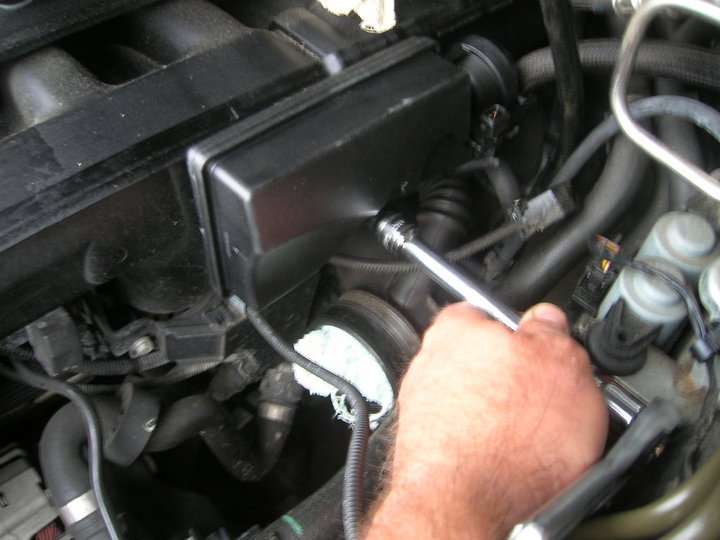If you own a 2007 or older BMW, chances are you’re going to hear the term “DISA Valve” at some point in your car’s life. The BMW Differentiated Intake System, known as DISA (from the german “DIfferenzierte Sauganlage”, means differential air intake), optimizes the engine’s running under partial and full load as it adjusts the intake manifold runner length to improve engine performance.
The DISA valve is located in the inlet plenum chamber and controls the variable length intake manifold giving better torque at low revs by closing, keeping the intake runner long. After higher engine speeds, it opens up and makes the intake runners shorter for more horsepower. When it fails it can lead to a rough idle, reduced performance and at times a rattling noise or Check Engine light. Suspect the DISA when the engine has over 60-80K miles, shows signs of rough running, or reduced performance.


























































